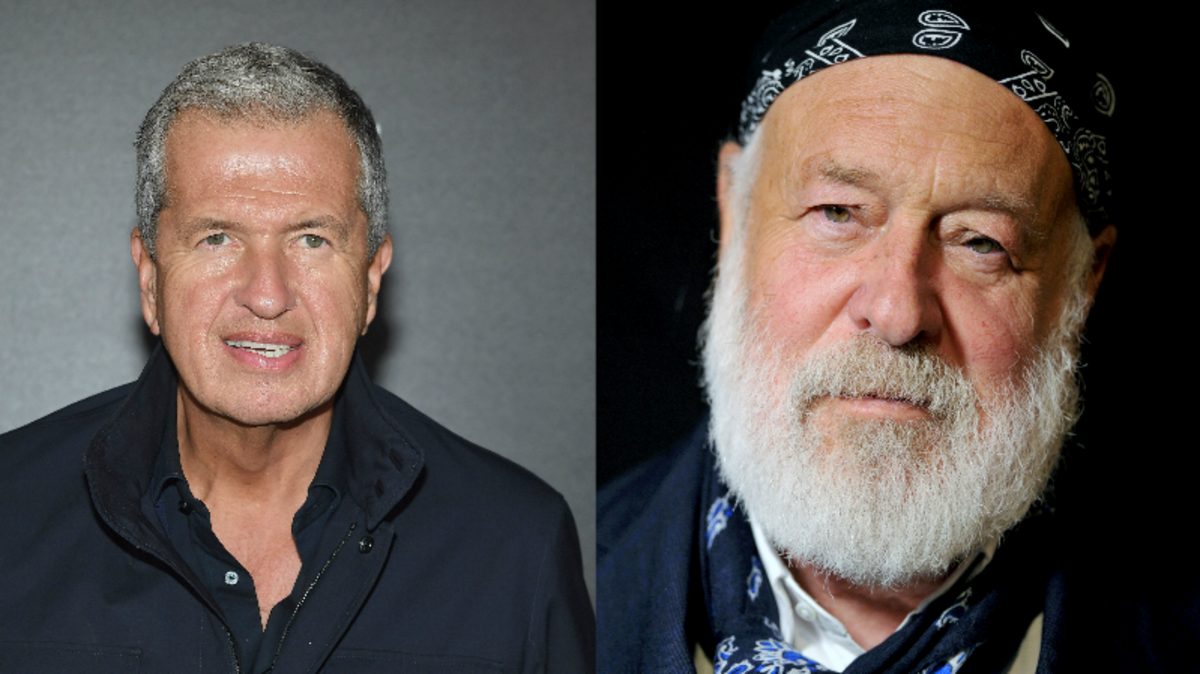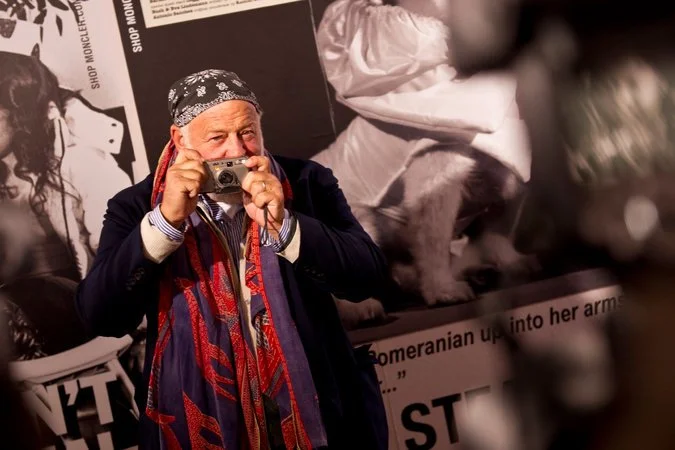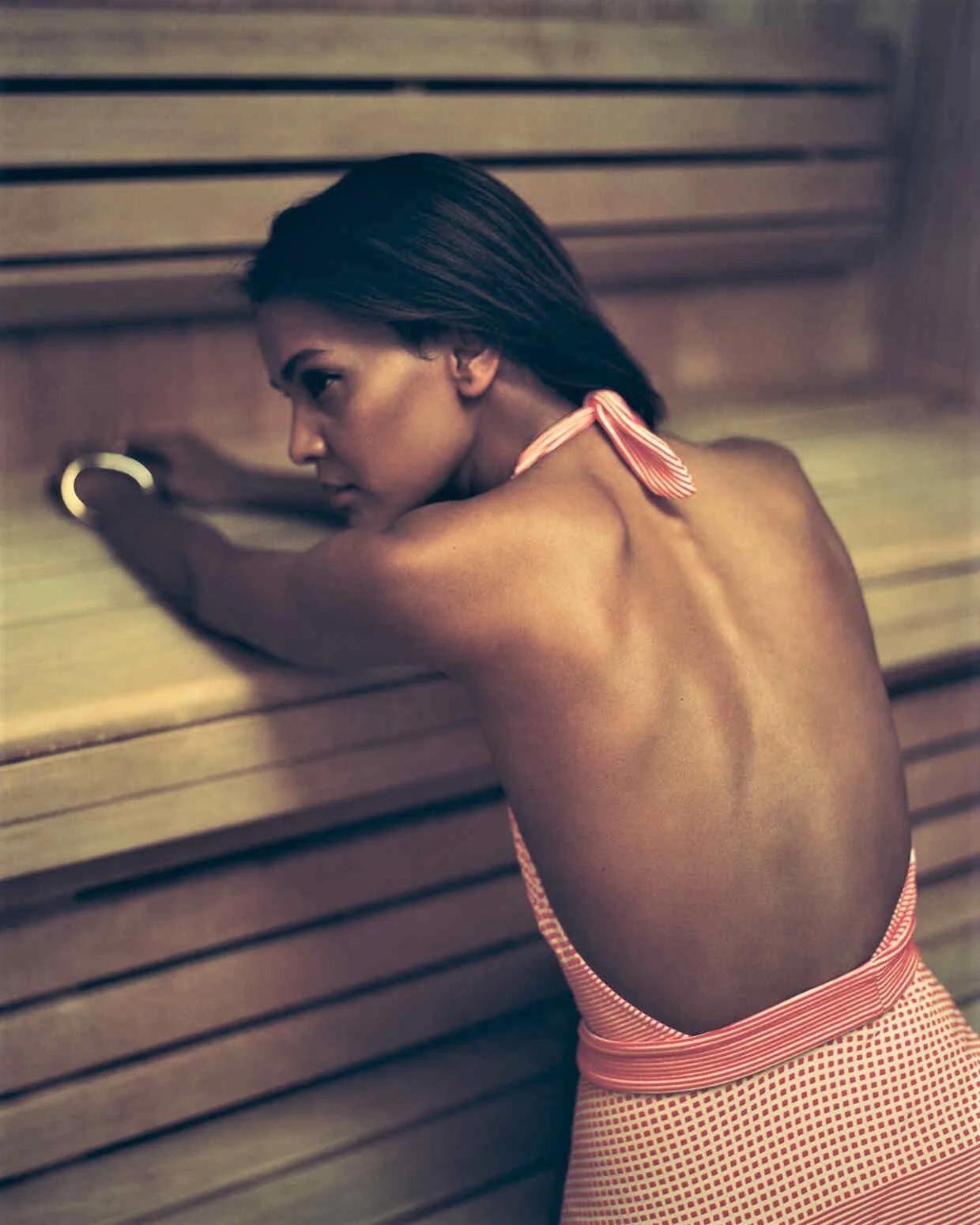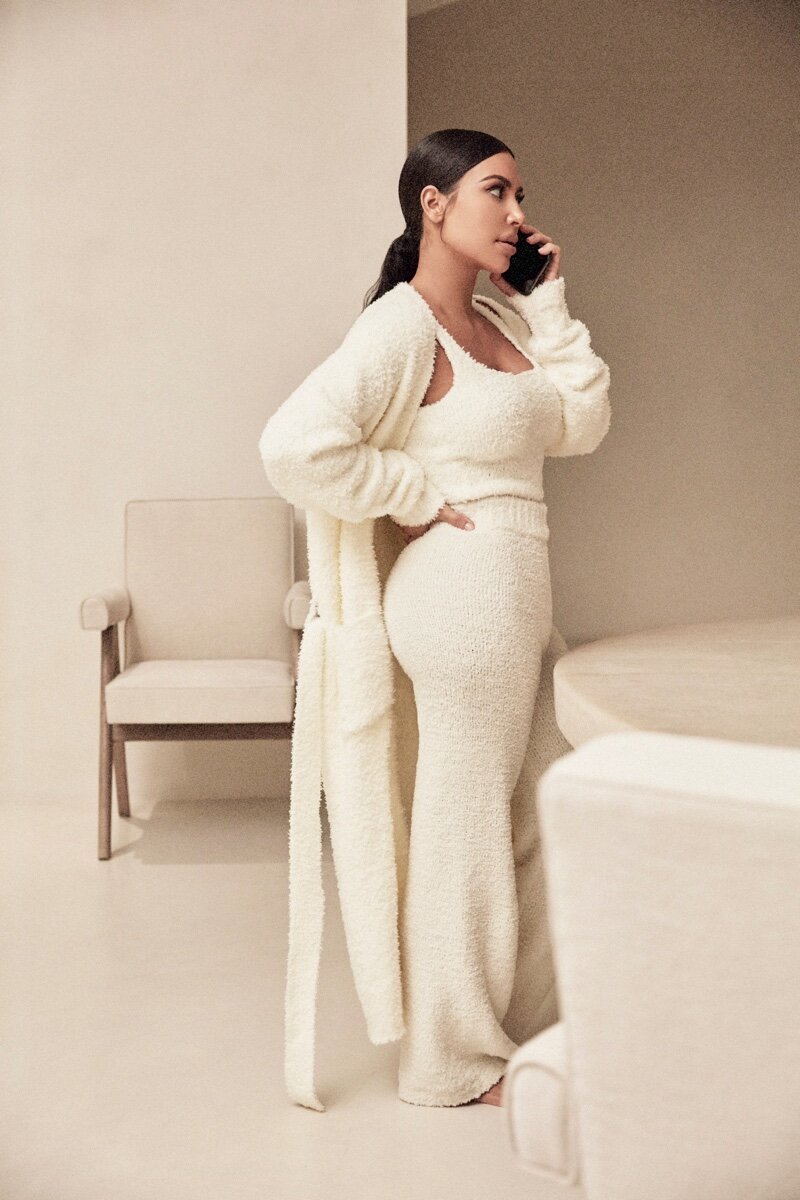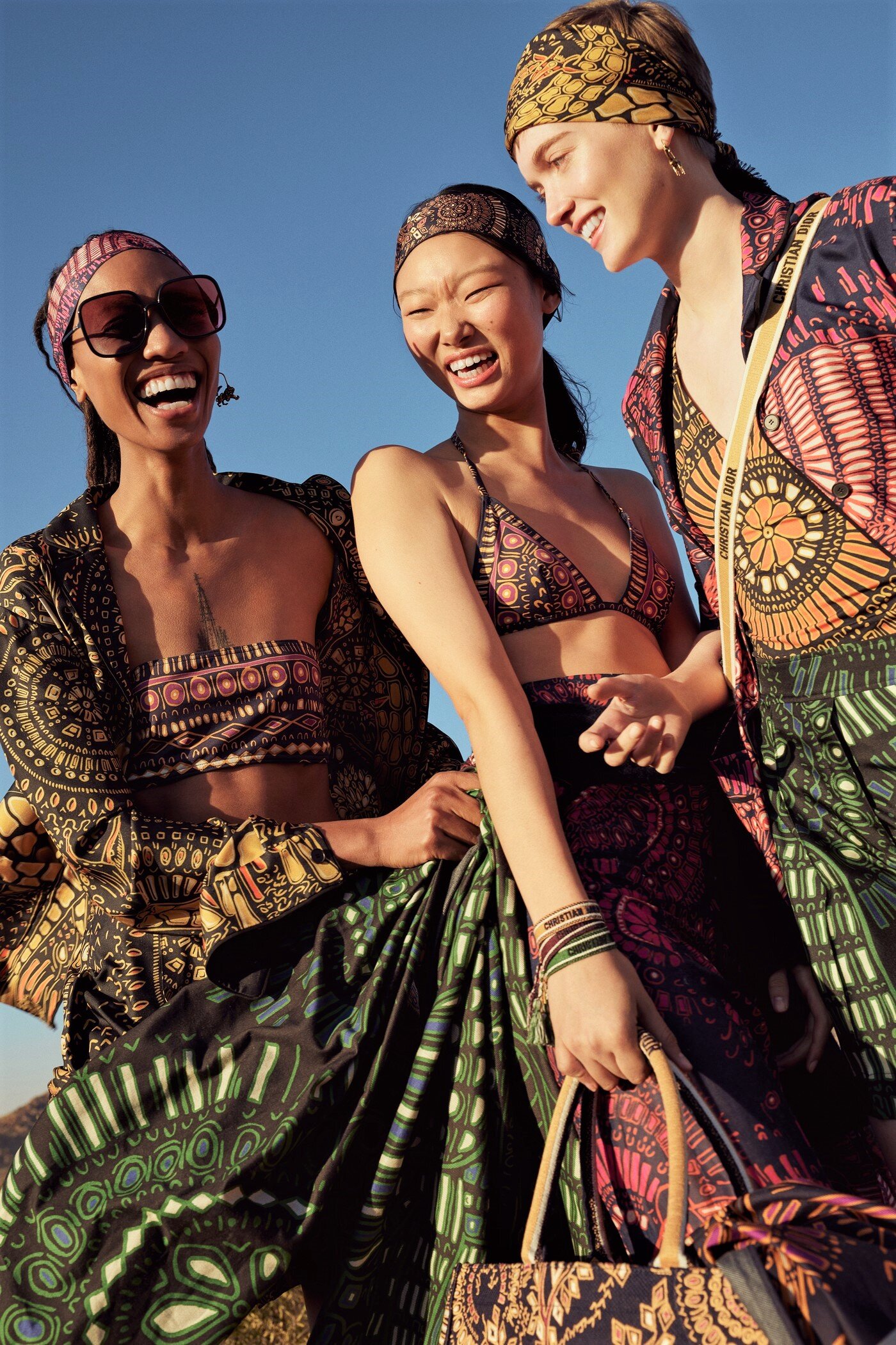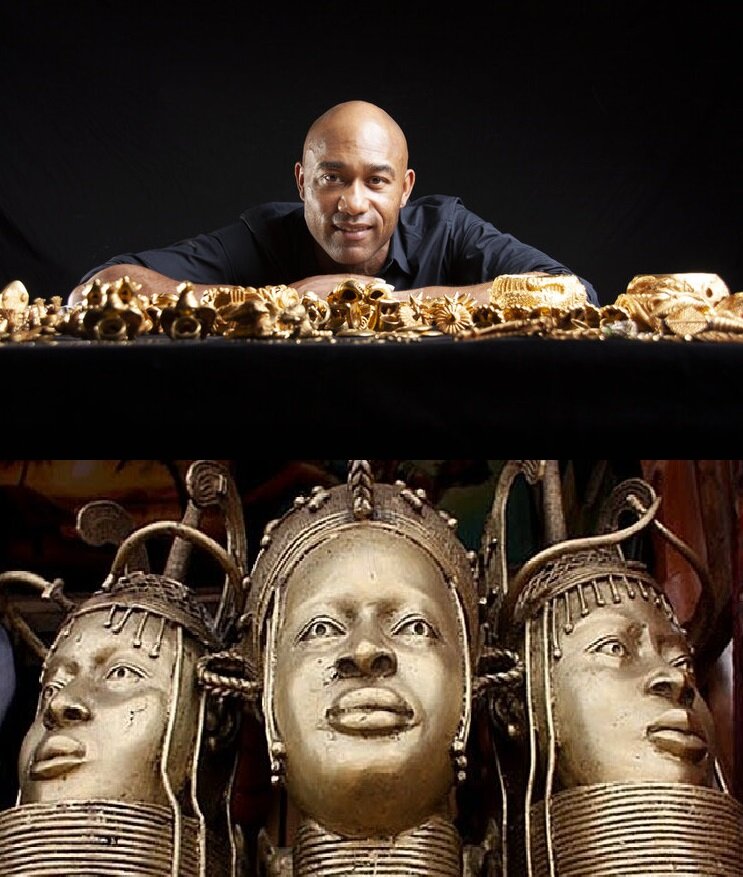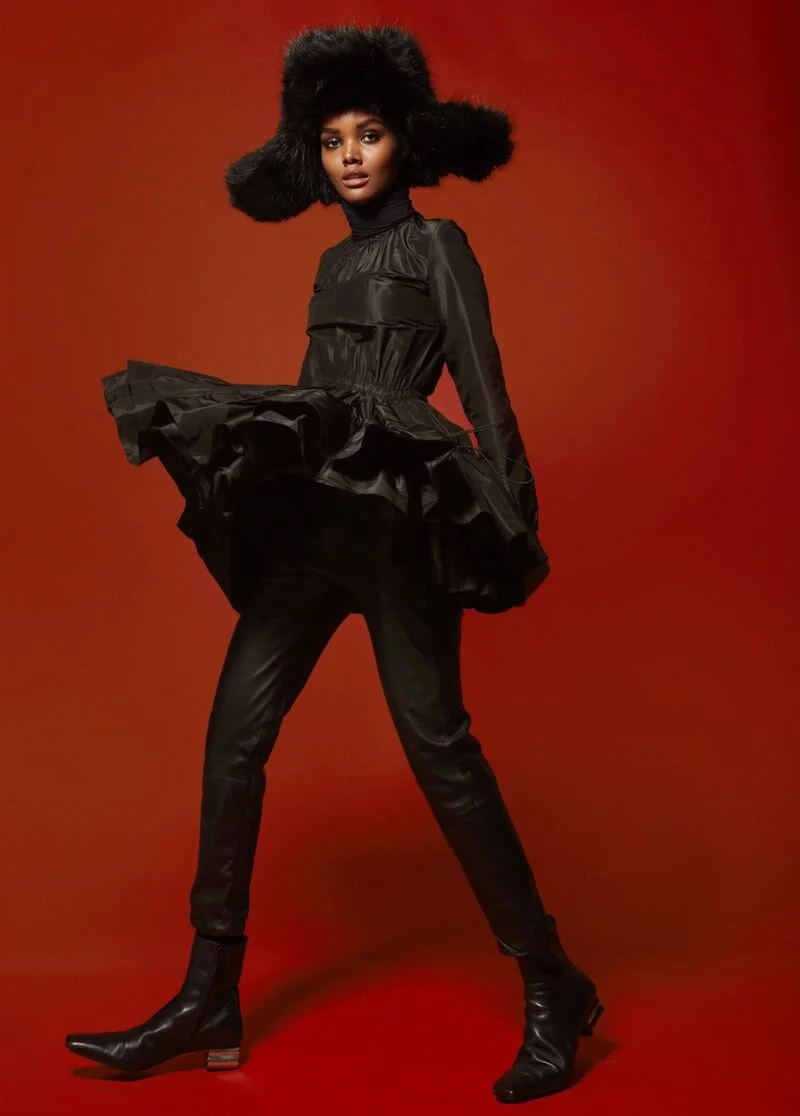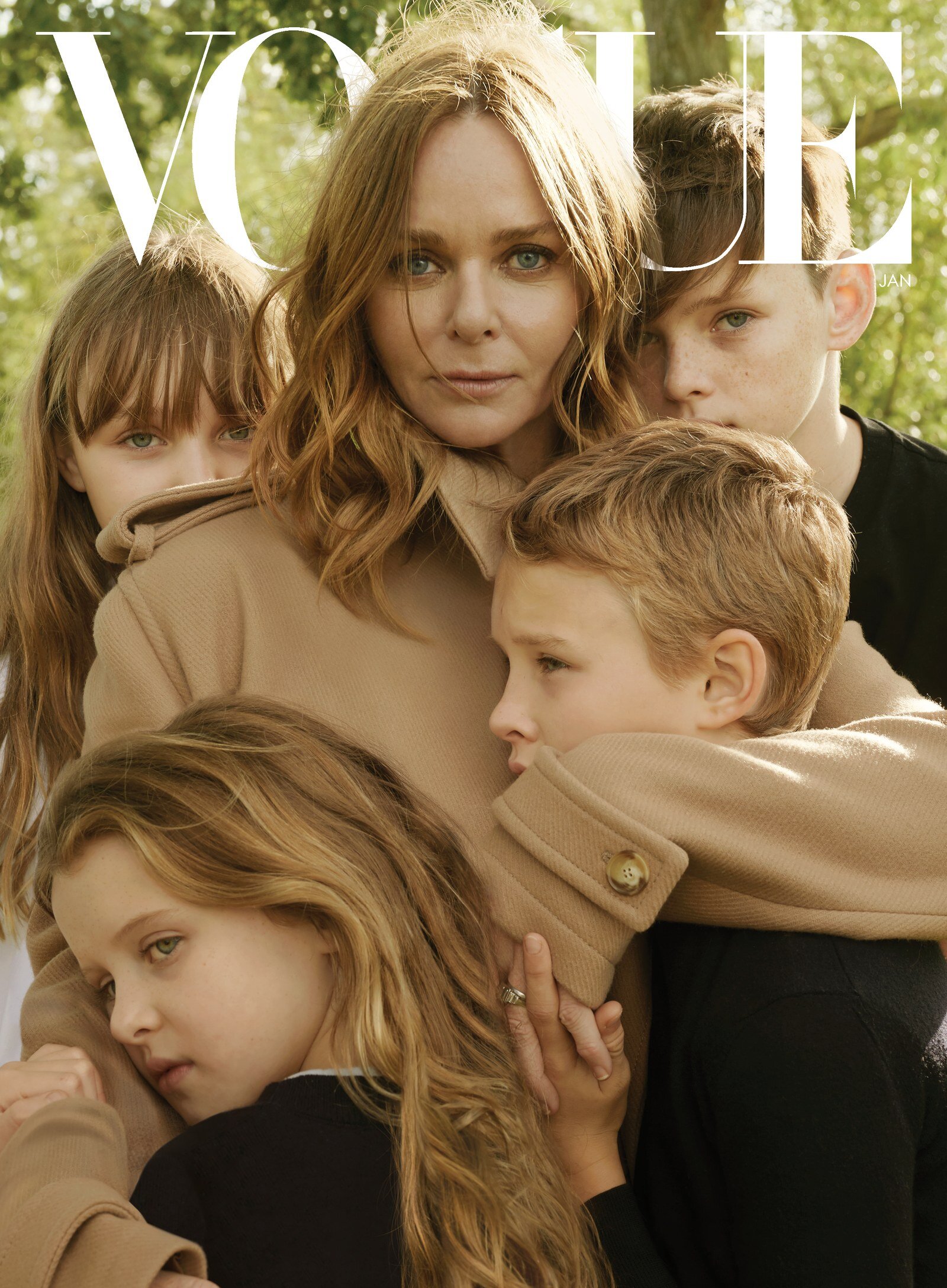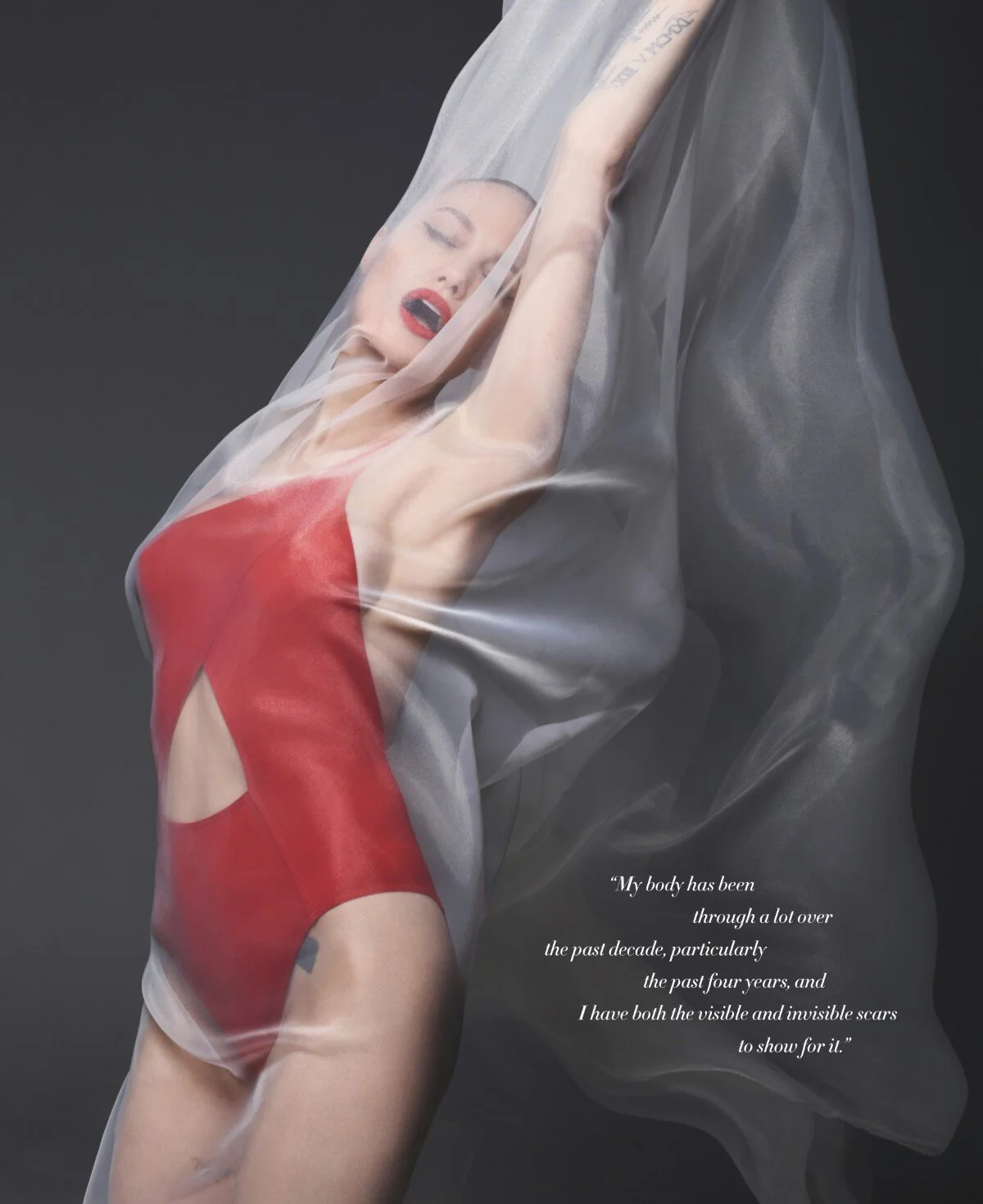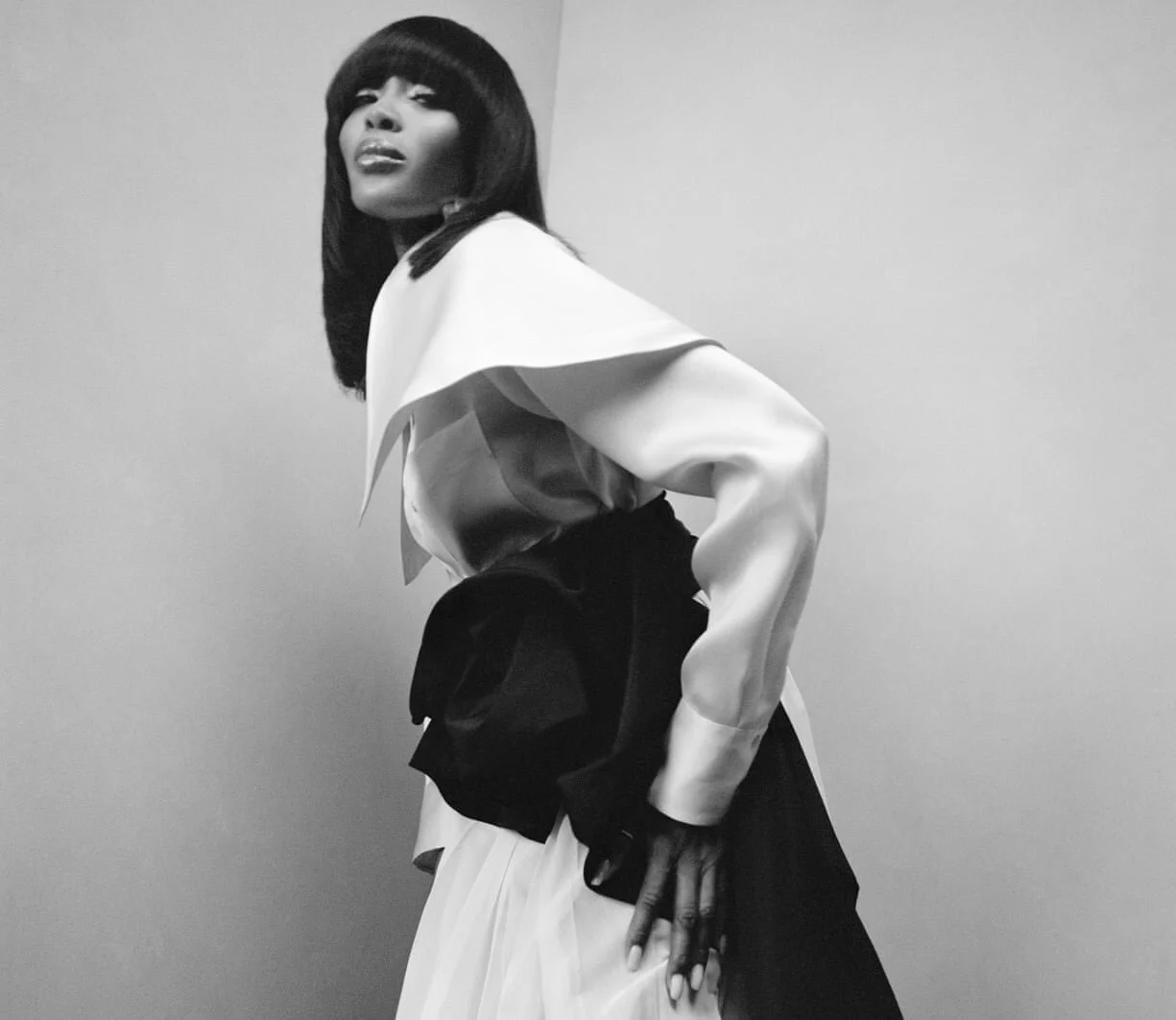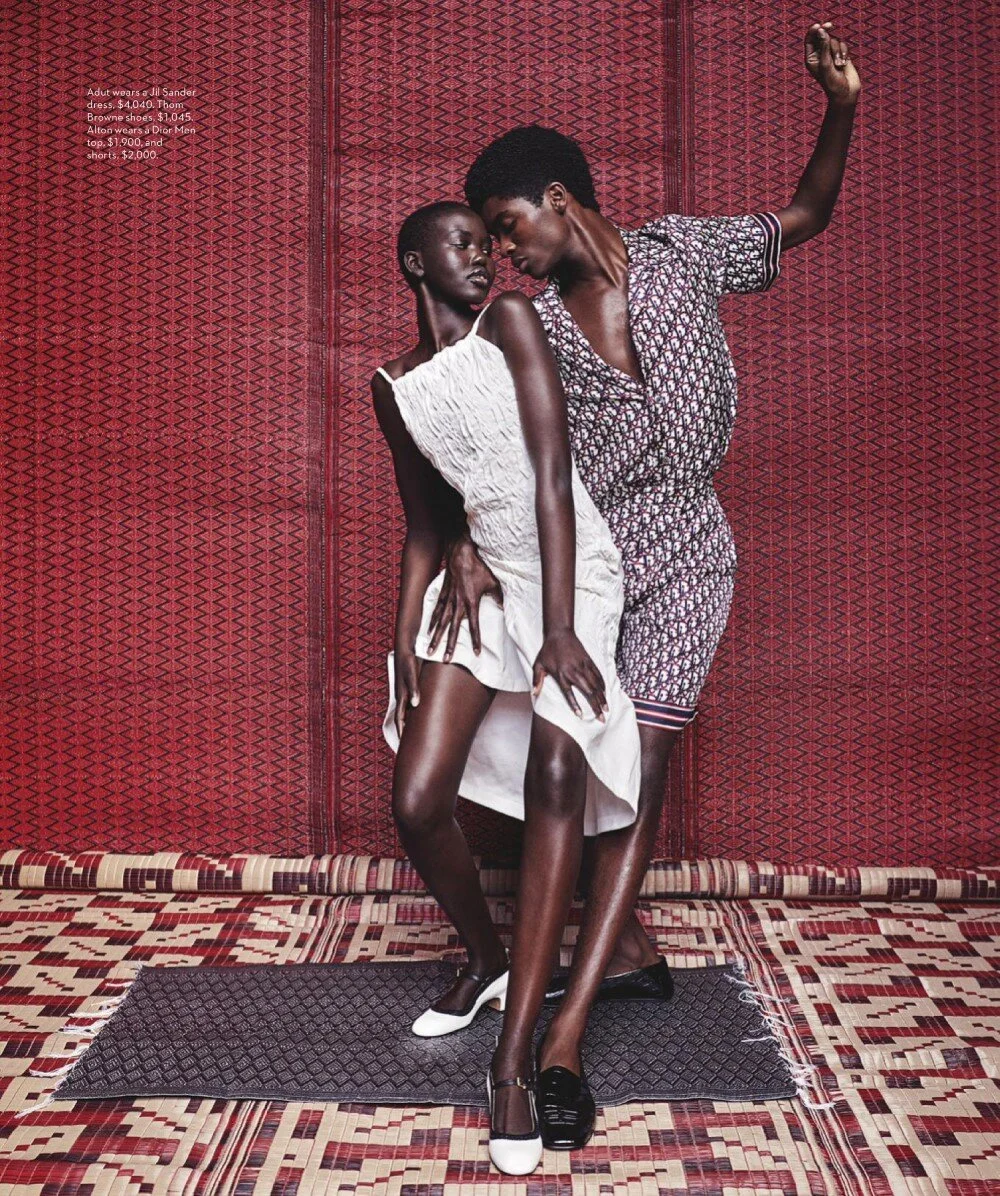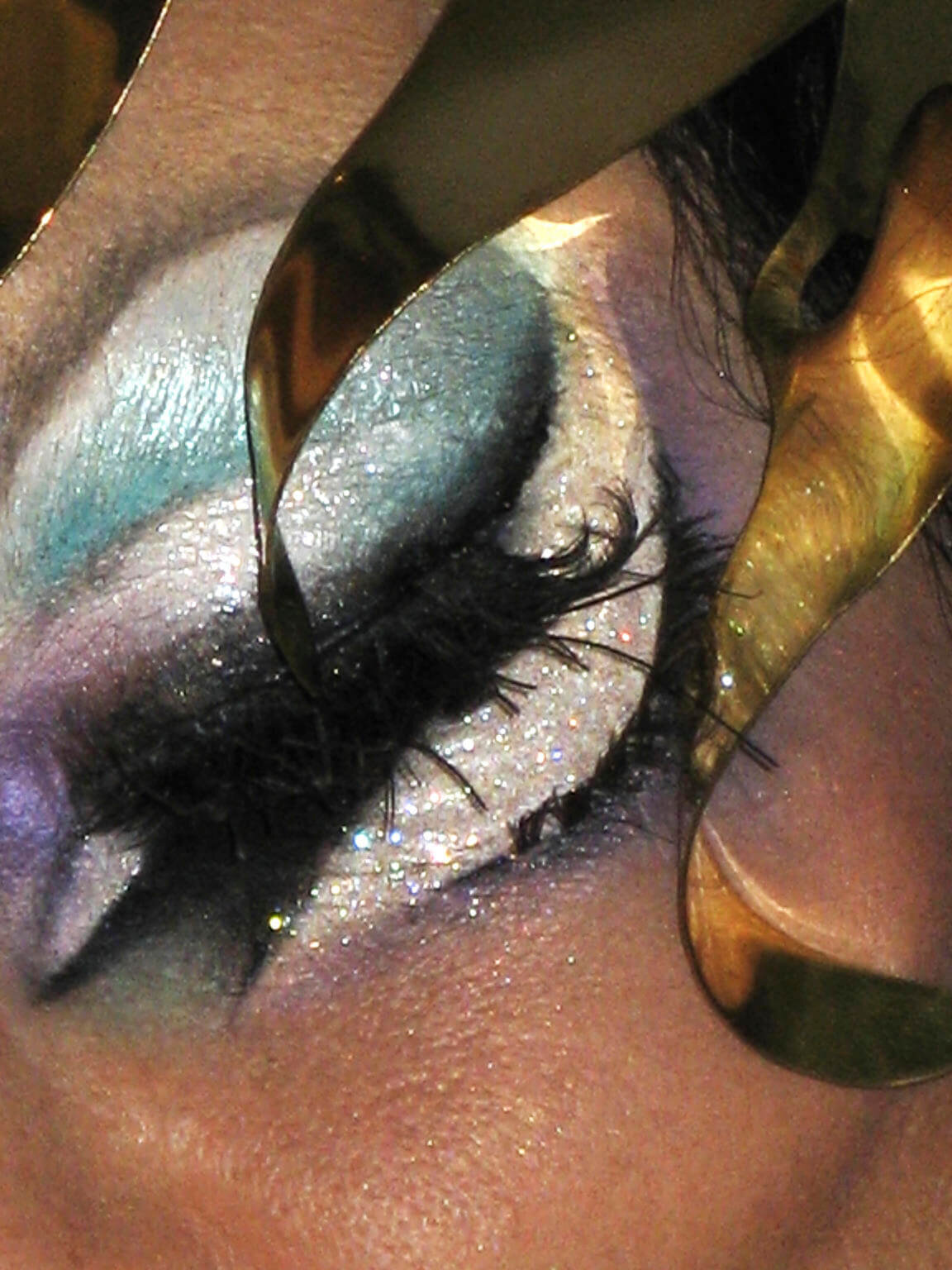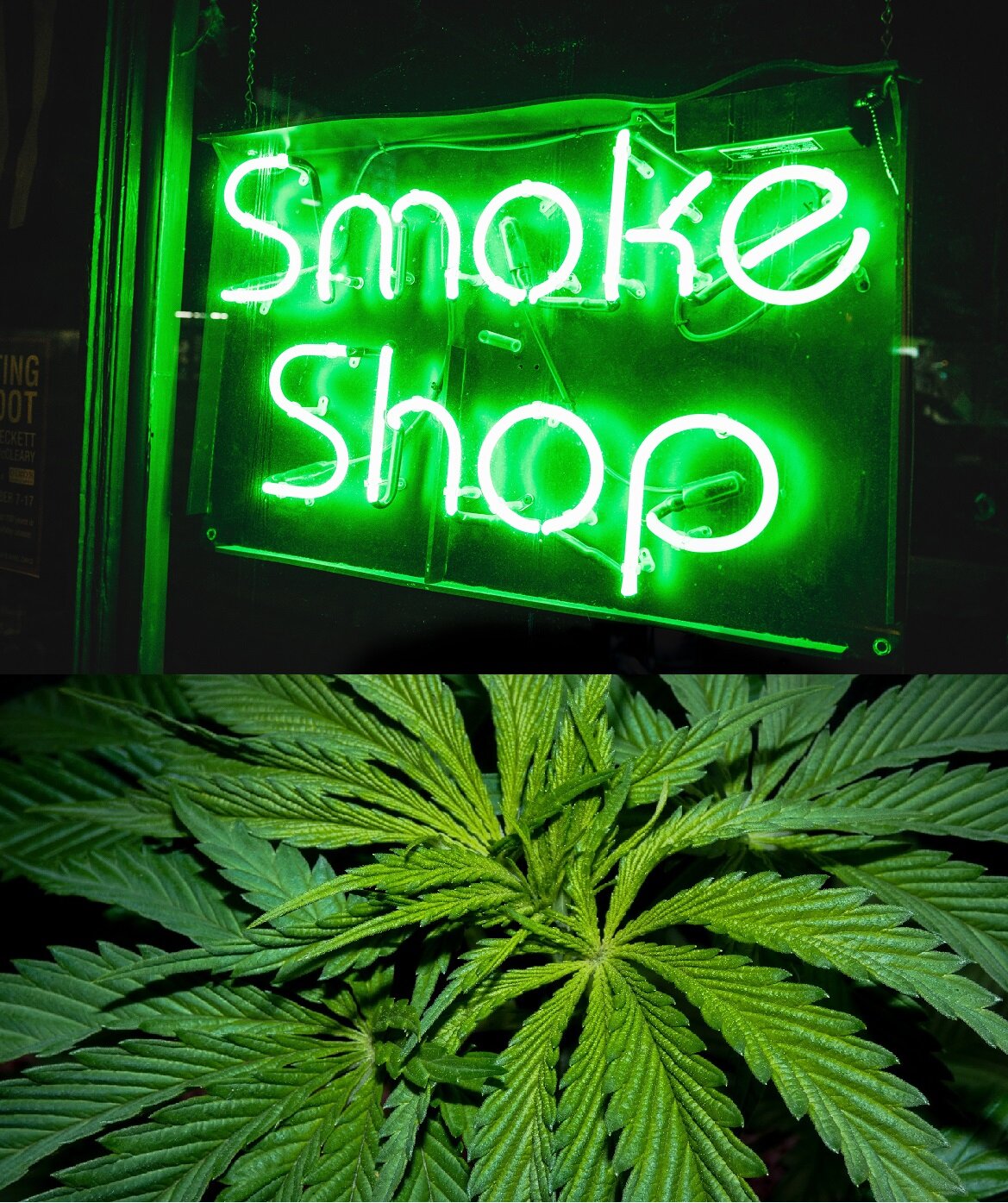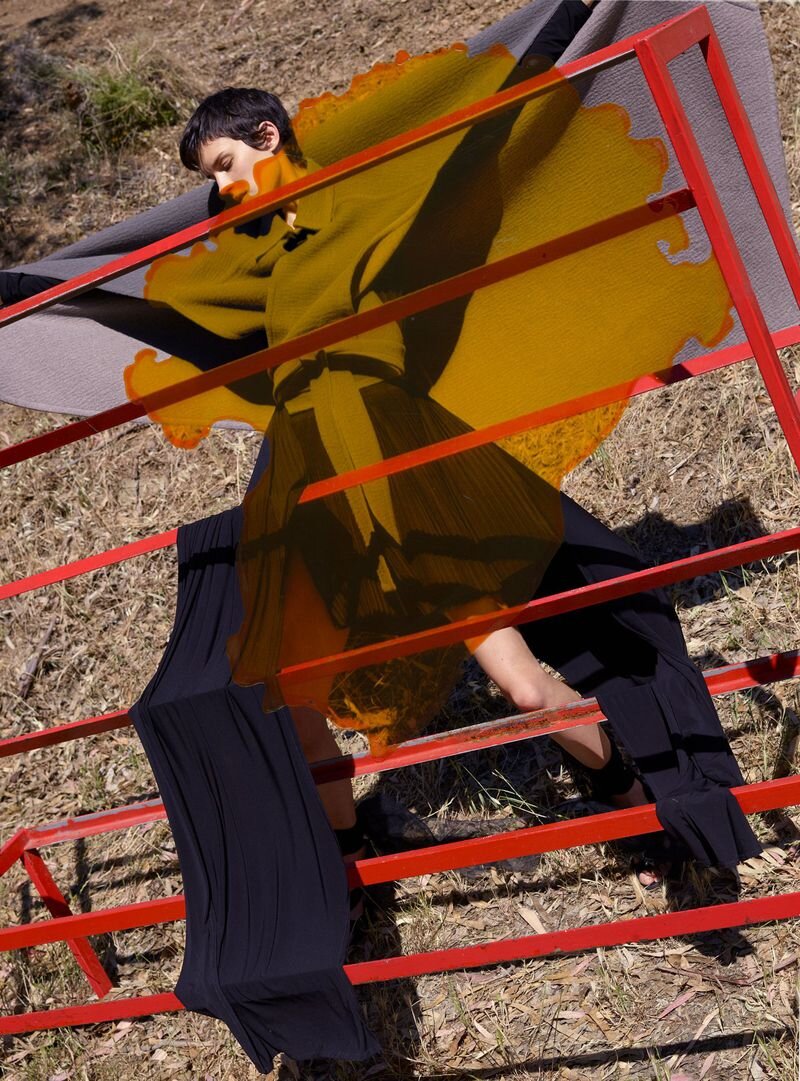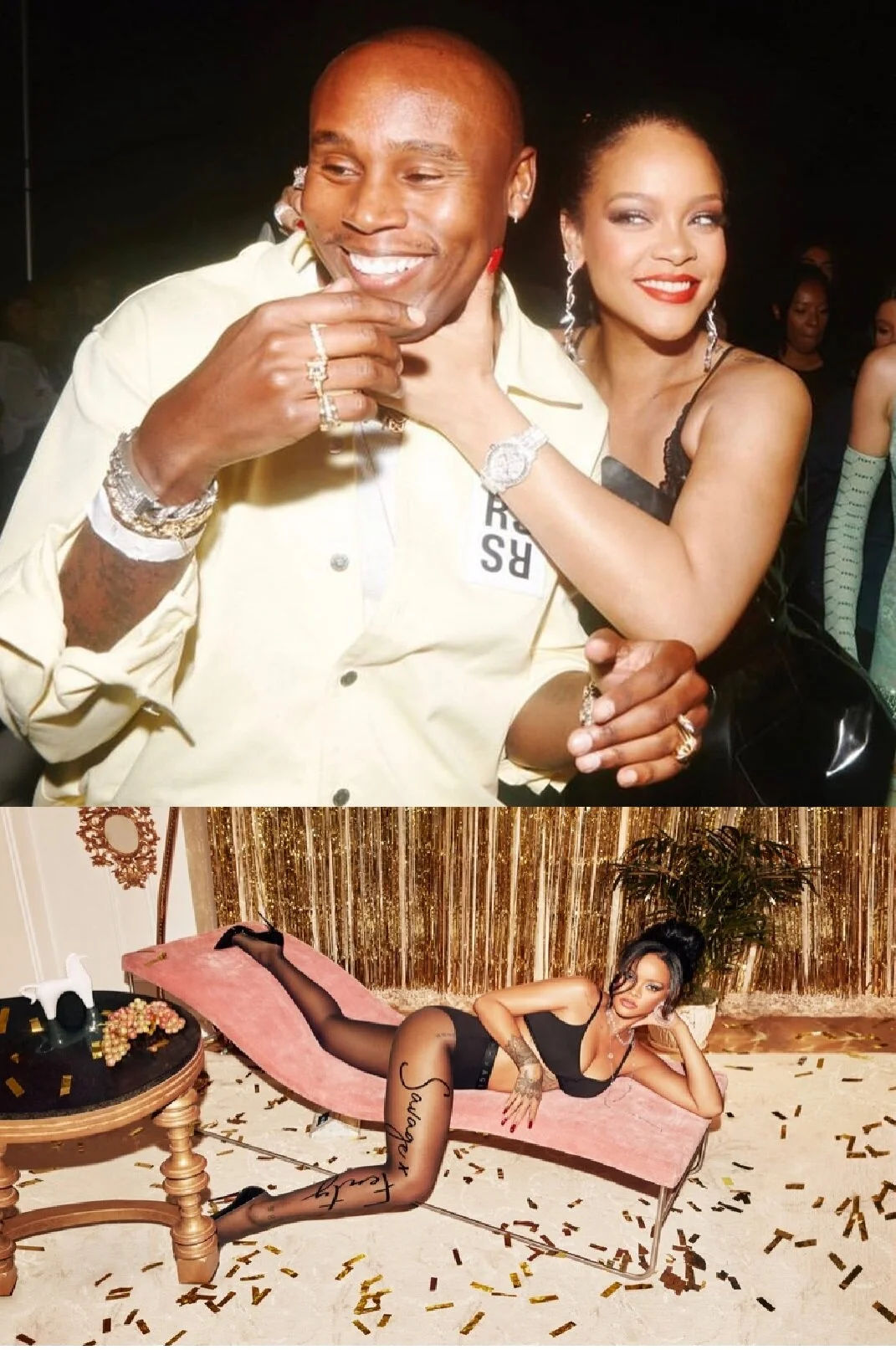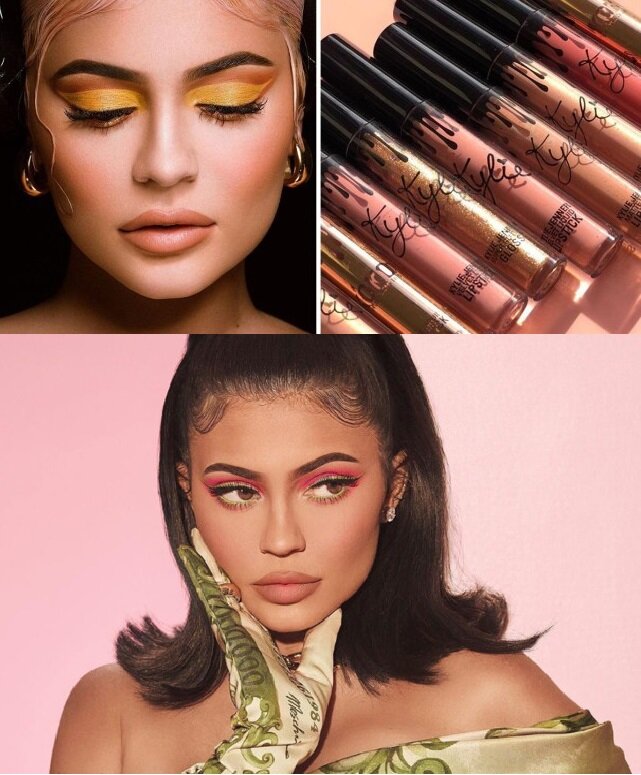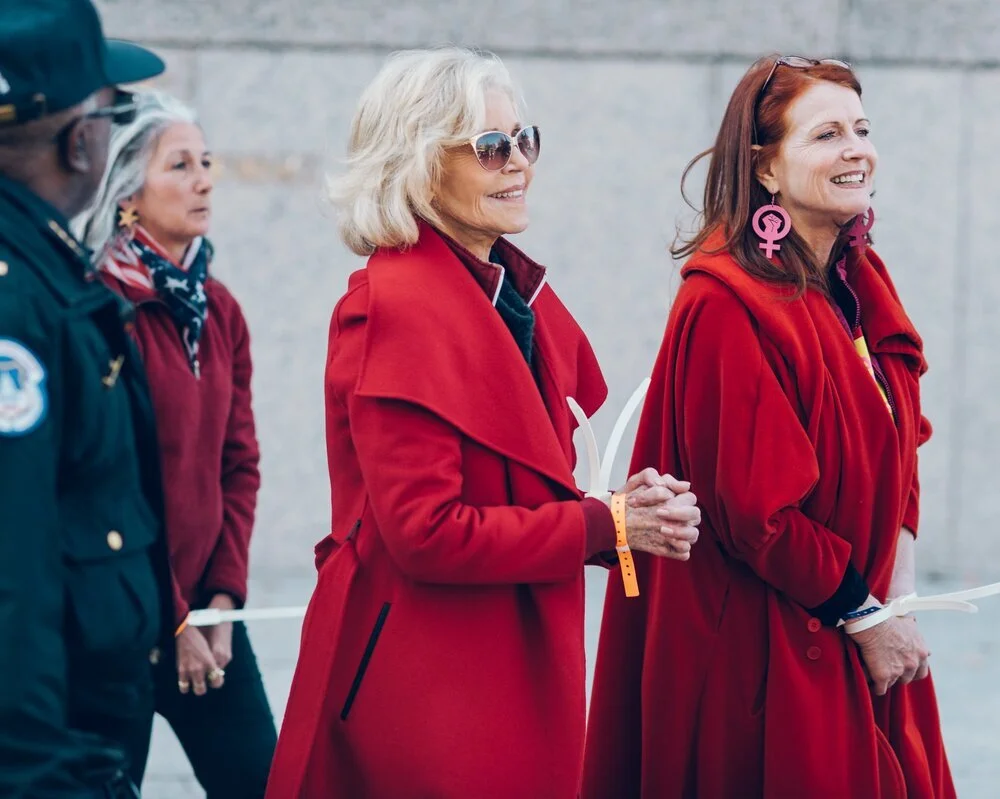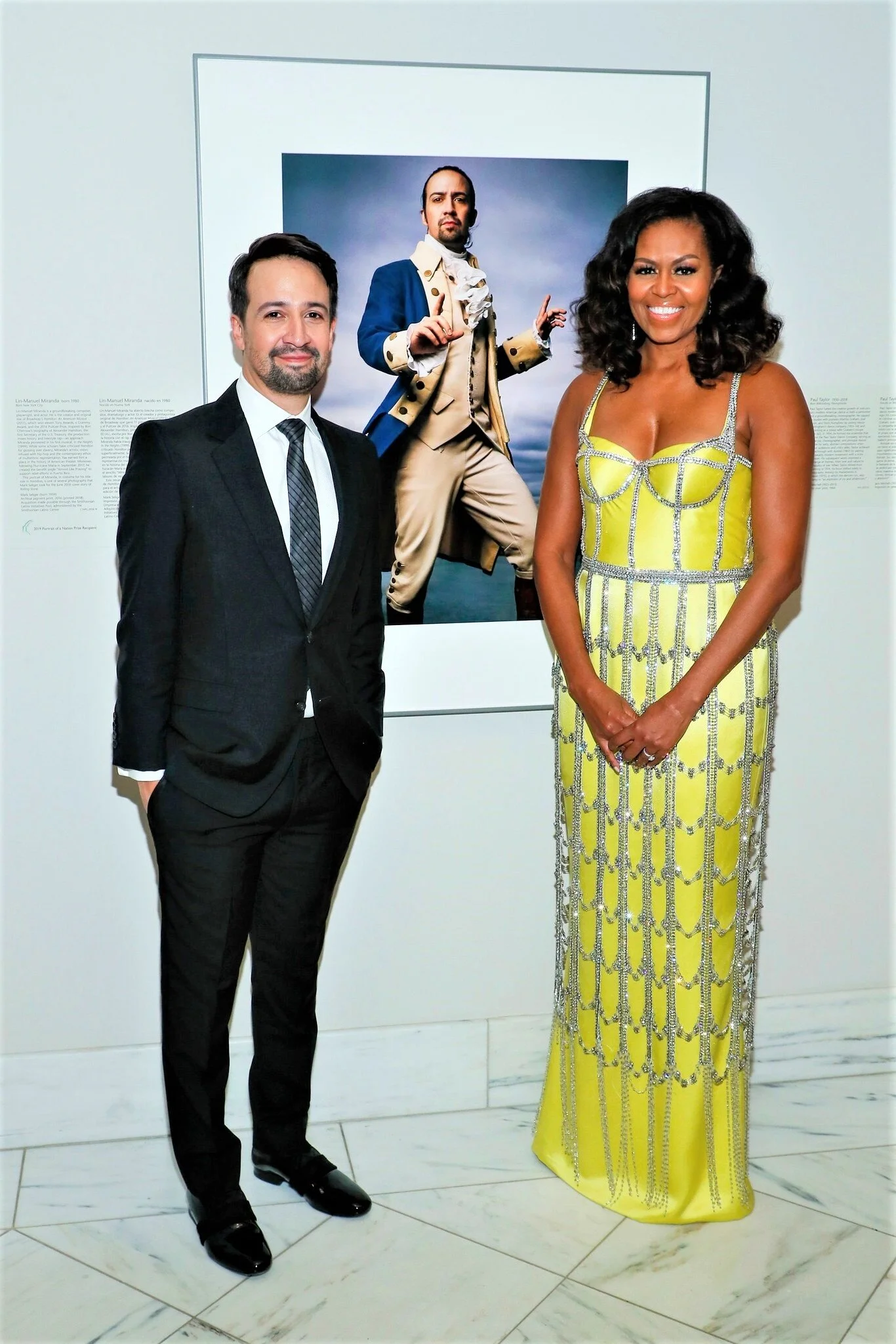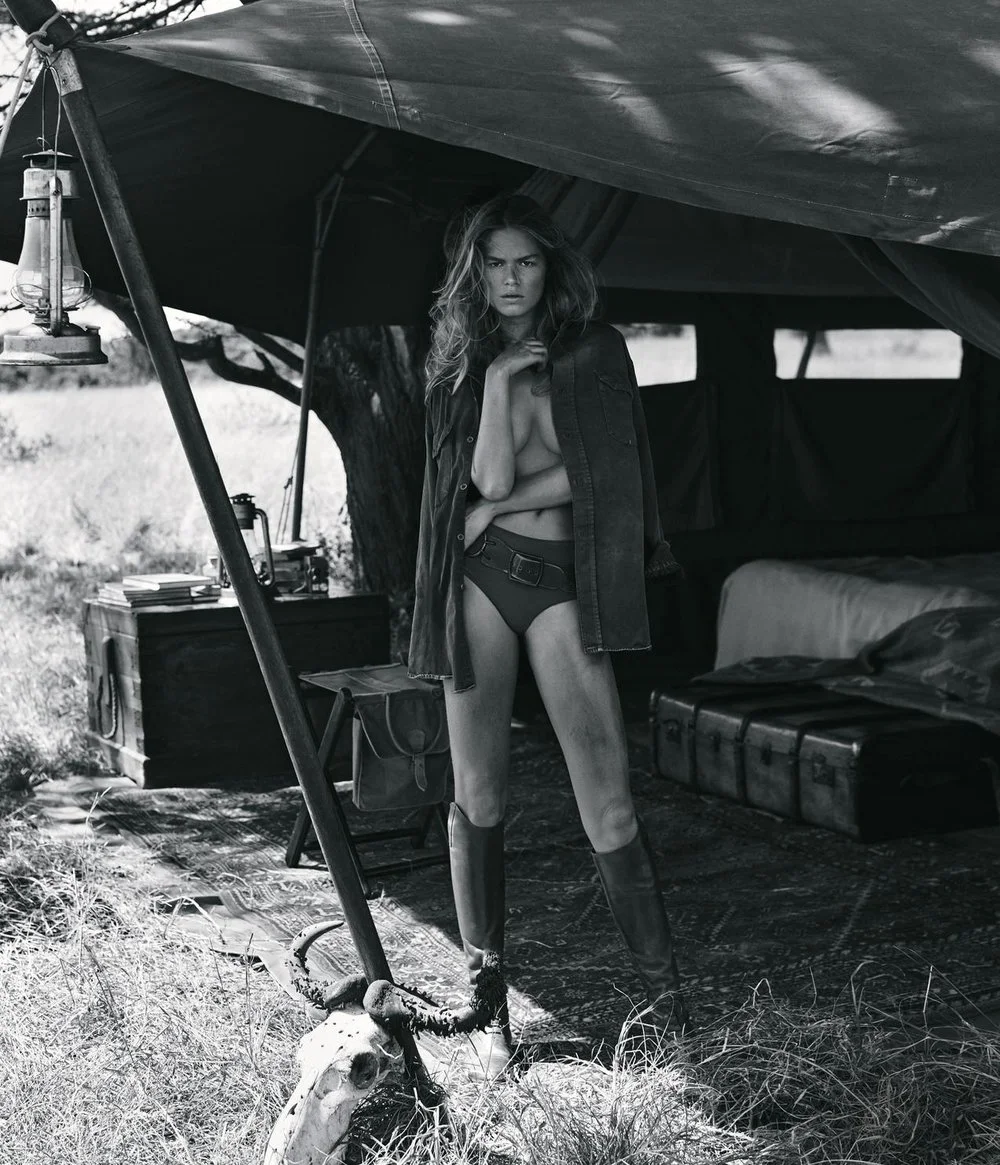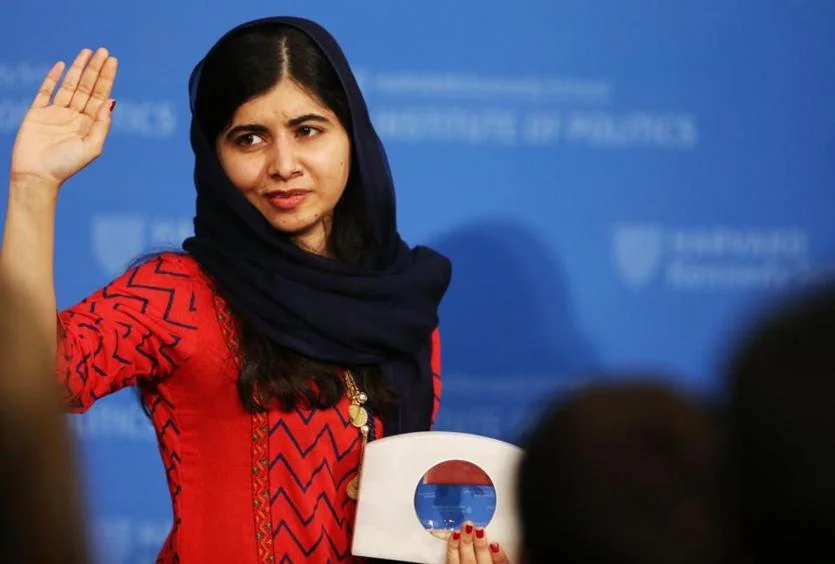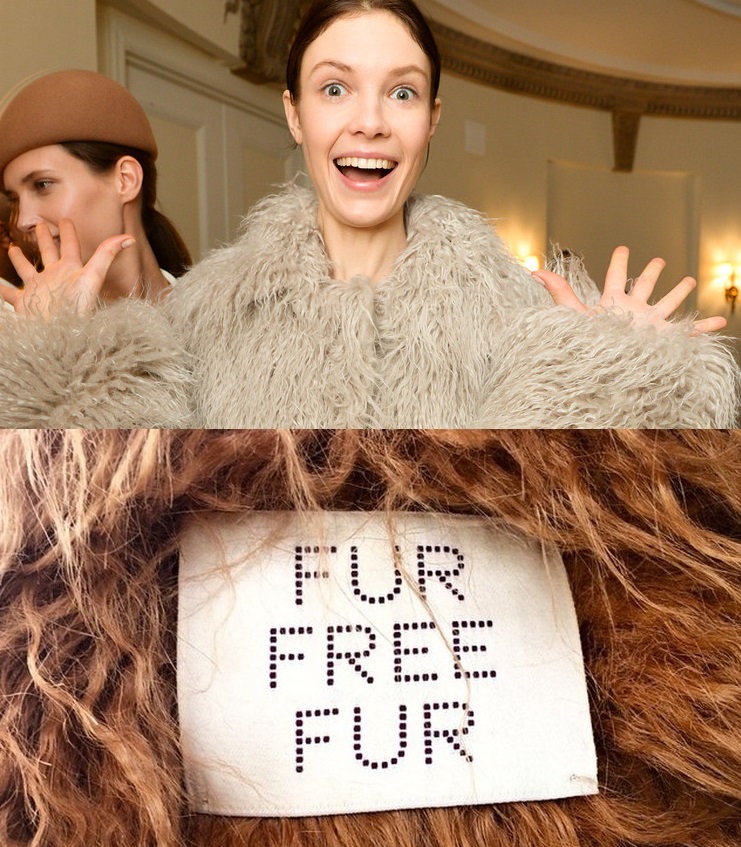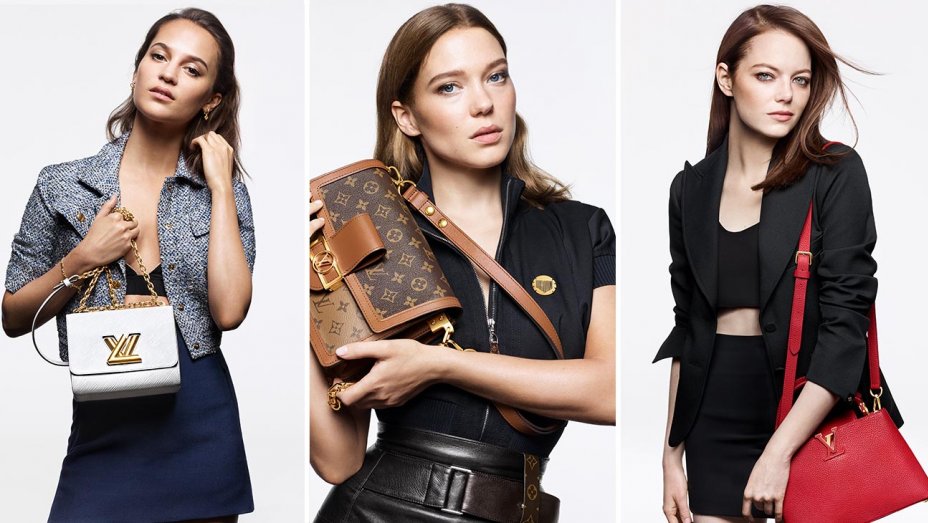Condé Nast Suspends All Work With Mario Testino and Bruce Weber, Based On NYT Sexual Harassment Investigation
/Prominent photographers Mario Testino (left) and Bruce Weber (right) featured in major New York Times deep dive into sexual harassment and sexual assault charges.
Hours after a Saturday morning report on The New York Times about the very significant and growing number of accusations against Bruce Weber and Mario Testino, Condé Nast's Anna Wintour issued a statement that the magazines will not commission any new work with the two men "for the foreseeable future." Terry Richardson was previously banned in October.
The Telegraph wrote today that Mario Testino, the front runner to photograph the wedding of Prince Harry and Meghan Markle given his long and close relationship with the royal family, was no longer under consideration.
"Today, allegations have been made against Bruce Weber and Mario Testino, stories that have been hard to hear and heartbreaking to confront," Wintour wrote. Fashion industry insiders described the industry icon as being deeply upset.
"Both are personal friends of mine who have made extraordinary contributions to Vogue and many other titles at Condé Nast over the years, and both have issued objections or denials to what has emerged. I believe strongly in the value of remorse and forgiveness, but I take the allegations very seriously, and we at Condé Nast have decided to put our working relationship with both photographers on hold for the foreseeable future."
“We are deeply disturbed by these accusations and take this very seriously, as previously noted in our statement regarding sexual harassment,” said Bob Sauerberg, Condé’s chief executive officer, and Anna Wintour, the publisher’s artistic director and the editor in chief of Vogue, which has worked regularly with Testino for decades. Testino had a major role in the documentary on Vogue, “The September Issue,” for example, and he has been a regular guest at the Met Gala overseen by Wintour.
Brands Michael Kors, Stuart Weitzman issued statements confirming that they will not work with Testino in the future. Burberry made the same pledge, although it hasn't work with Testino for a year. A spokesperson for Ralph Lauren, which frequently uses Weber to shoot its ad campaigns, said, “The allegations reported in the recent New York Times article are completely contrary to our values, and to our commitment to creating an environment where our employees and outside partners feel welcome, safe and can perform at their best. We will not do business with anyone who behaves in a way that compromises this commitment.”
Condé Nast also issued new guidelines for working with models appearing in their publications, and we will publish those guidelines separately. It's noteworthy that the organization again raised the age of its editorial models from 16 to 18.
From left, Ryan Locke, Robyn Sinclair and Terron Wood. Each said he had experienced sexual harassment during his time modeling.Each were interviewed for The New York Times story. Ryan Young for The New York Times; Lam Yik Fei for The New York Times; Amanda Lucier for The New York Times
Kim Vernon, president and chief executive officer of Vernon Company, a New York consulting firm, was previously executive vice president and chief marketing officer of Calvin Klein Inc., where she did approximately 60 shoots a year told WWD. “I think Condé Nast is taking the appropriate action by ceasing to work with both of these photographers, and I think it’s commendable the difficult decision that Michael Kors made. I think Condé Nast’s decision to create and enforce a code of ethics is very positive. As one of the most respected media companies in the world, it sets a strong example,” she said.
“One of the key elements of the code relates to the ‘personal’ shoots that have often piggy-backed on the main shoot,” said Vernon. “From a brand perspective, most of the abuses have happened during those editorial shoots, where the castings and sets are owned by the photographer, not related to a brand advertising campaign casting or set. Over the years, I was on many, many sets, with provocative creative, and never once was a model compromised. Any model uncomfortable with a pose, or partial nudity, was exempt. So I am very clear, you can create provocative pictures without compromising an individual,” said Vernon.
On Saturday afternoon, male model Christopher Cates came forward with his own story posted on his Instagram account, detailing a shoot with Weber. Issuing a #MenToo call for men who have suffered sexual harassment with photographers (so far I believe the accused are only male photographers), Cates said in his call to action: “We want you to see us. We want you to know who we are. We want you to know our stories. We want you to know you’re no longer in control.”
The photographer Bruce Weber at a fashion event in Milan in 2011. Credit: Evan Sung for The New York Times
Detailing his experience with Bruce Weber and also published by WWD, Cates wrote:
As we waited for the crew to set up, one by one we were called upstairs into a bedroom with a balcony overlooking the ocean. I’ll never forget how cool and collected I wanted to be as my name was called. In reality, I was equally nervous and excited for my opportunity. Once in the room, the photographer asked me to shut the door behind me and told me to stand against the wall so he could shoot me in the natural light. (I’m not sure if you can imagine what it feels like to be shot by a famous photographer but, simply put, as my first job, I figured I could only go up from here.) Within seconds, he asked me to take off my clothes and I immediately went from excited to questioning my existence — I’d never been so exposed in my life and, to be quite honest, I was shy and unprepared. Regardless, with the weight of the room, I obliged as one can only hope for the best in such a scenario. I mean, considering his experience, there must be a formula to this madness.
Unfortunately, as bright as the room was by an overexposed sun, an eclipse took hold in the form of his alternative motives. He put down his camera and stood directly in front of my raw form and proceeded to lead me through his infamous “breathing technique” to calm my nerves; all while making me more nervous and afraid. He told me to place my hand on my chest and breathe in and out as I feel my heartbeat. Soon, this turned to him placing my hand on his chest and his hand on mine, telling me to breathe with him as we felt each other’s heartbeat. As we breathed together, he placed his thumb on my forehead before slowly moving it down my face, stopping on my mouth, causing me to immediately stop breathing and (slightly) pull away. (It’s a conundrum in that I wanted to escape the situation but I was also paralyzed with fear — at this point, I knew exactly how much of an impact he could have on my career.) This was clearly not something I was interested in and I can only assume he could see it on my face; after all, fear is palpable. Thankfully, he backed away, picked up his camera and began to shoot me in the natural light. Still exposed, I could breathe again. After a few short minutes, he told me I could get dressed and head back downstairs to wait for the actual photo shoot. “Oh, and Chris, send up the next guy.”
Fast forward to a few months later when I was in Manhattan and signed to a legit agency, VNY. This same photographer was in town for the summer and wanted to see me in his offices. My agent sent me along but with one contingency, “If he asks you to take off your clothes, tell him you’re not allowed to.” Once in his beautifully designed office, I was ushered into an elevator, which took me to his private quarters. Inside, we cordially sat on his couch, where he made enticing promises of lucrative jobs to come. He asked if he could take a few pictures of me and, of course, I happily obliged until the elephant in the room revealed itself and he asked me to take off my clothes. I politely turned down his offer thanks to the protection of my agent — and oh, how quickly the conversation turned from future modeling prospects to acting. “Chris, you should pursue a career in acting. You have the look and charisma but unfortunately, you’re not as tall as a lot of the other models.”
“Sexual harassment was a constant reality,” said Roman Barrett, an assistant to Mr. Testino in the late ’90s who said the photographer rubbed up against his leg with an erection and masturbated in front of him.
“He misbehaved in hotel rooms, the backs of cars and on first-class flights,” he said. “Then things would go back to normal, and that made you feel gaslighted.”
Another assistant to Mr. Testino, a decade later, said he had his pants pulled down and buttocks fondled while on the job. Yet another said that Mr. Testino masturbated on him during a business trip. Both were granted anonymity because they feared career repercussions.
Even those who worked for Mr. Testino without experiencing the most direct harassment were affected. “I saw him with his hands down people’s pants at least 10 times,” said Thomas Hargreave, a shoot producer who worked frequently with Mr. Testino between 2008 and 2016. “Mario behaved often as if it was all a big joke. But it wasn’t funny. And the guys being placed in these situations wouldn’t know how to react. They would look at me, like, ‘What’s going on? How do I deal with this?’ It was terrible.”
Lawyers for both men have denied all charges.
In 1999 Herbert Muschamp wrote an article for The New York Times magazine called 'Beefcake for the Masses'. Writing about Bruce Weber, Muschamp reminds us that -- just as we are with Donald Trump (my comment not his)-- we are all complicit.
Bruce Weber's the name, beefcake's the game. In 1983, the towering bronze figure of Tom Hintnaus posed in blindingly white Calvin Klein briefs on a billboard above Times Square. Stitch a key motif around the waistband and put some columns in the background and Weber's athletic types are grafted onto the Greco-Roman idyll of Gianni Versace, the photographer himself a male Medusa who turns strong men to stone. And now, for our further pleasure and enjoyment, Weber has remade the image of Abercrombie & Fitch. The once stodgy label, home to Hemingway and other legendary sports heroes, is now attached to pictures that might once have hung framed in the steamy underground meeting place for a Cult of the Beautiful Boy.
Bruce Weber's photographs are part of the phenomenon they document. Over the years, Weber has become synonymous with erotically charged depictions of good-looking young men. At the same time, his advertising campaigns for the likes of Calvin Klein, Versace and Ralph Lauren have come to stand for the acceptance of this imagery by the cultural mainstream. For those who can recall a time before it became acceptable for men to regard their underwear as fashion statements, Weber's images must count among the most revolutionary tools yet devised in the history of consumer manipulation. Miniature dramas in which men assume the passive role once assigned almost exclusively to women, they have also been a force for change in relations between the sexes.
Meet the power brokers.
